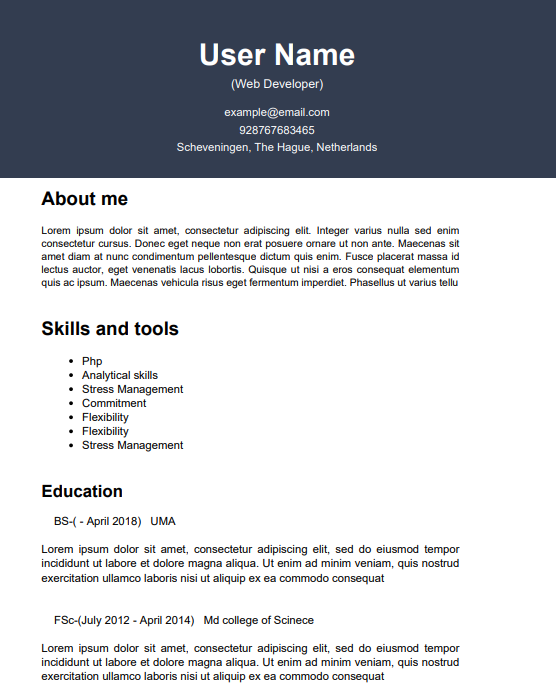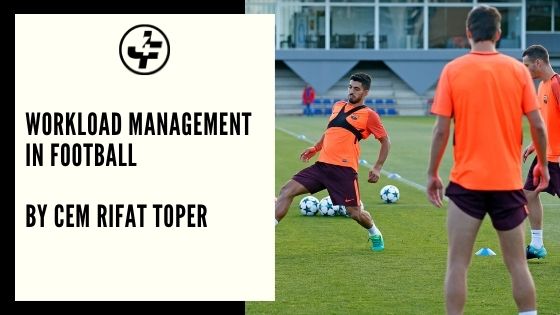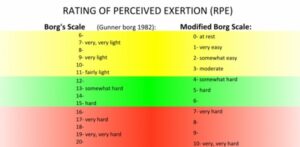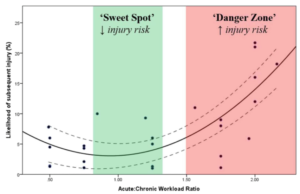Workload Management in Football
The main purpose of training the athlete in professional sports is to protect the athlete’s health while increasing the performance to the highest level possible.
When designing a training program, planning that training according to the requirements of the athlete’s branch is one of the most important elements.
In this context, knowing the physiological requirements of that sport and training the athlete according to those requirements should be one of the primary goals.
In order to improve the performance of the athlete, it is of great importance to load the athlete correctly, pushing her or his limits while minimizing the risk of injury.
In this article, we examined the ways to measure the workload and minimizing the injury risk of a football player.
DEMANDS OF FOOTBALL
Football is a complex branch that includes intermittent activities from walking to maximal sprint. A football player covers an average of 10 to 14 km of running and walking distance during the competition. Also, a player covers approximately 5 km of jogging and 3 km of sprinting.
In this branch, where both aerobic and anaerobic energy systems are used, care should be taken to train the athlete in both systems.
The factor to be noted here is that different player positions demand different use of these systems. According to the researches, high intensity running distances during the match are listed as follows according to the positions.
- The positions with the highest intensity running are;
-Forwards
-Wide Midfielders
-Central Attacking Midfielders
- Average high intensity running positions, respectively;
-Central Defensive Midfielders
-Full Backs
- The least high intensity running position;
-Stoppers
* YOU CAN REACH THE RESEARCH MADE ON THIS SUBJECT HERE:
In addition to these physical activities performed by the players, technical activities they do with the ball also come into play. Although it varies from position to position, a player touches the ball an average of 90 to 140 times during a 90-minute match.
These two factors are also very important in the calculation of the match load. In addition to these requirements, of course, the tactical requirements of the team should not be ignored.
After examining the demands of the game, the question of how we train the player in line with these demands and how we do the workload tracking comes into play.
WORKLOAD MANAGEMENT AND TRAINING MONITORING OF A PLAYER
Training load is a measurement that expresses how much the athlete exerts herself or himself during training. If we simply want to give the formula for training load:
Training Load= intensity x duration
Training Load is divided into two categories.
Internal Training Load: Internal Training load can be defined as the physiological reaction of the body to training. The units of measure for this type of load are as follows.
1) Heart Rate
2) S-RPE
3) Lactate
4) Biomechanical and hormonal responses
External Training Load: External Training Load can be defined as all the physical activities performed during training or competition. The measurement units of this type of load are as follows.
1)Distance
2)Exercise Intensity
3)Frequency
Monitorisation of these training loads ensures that the program offered to the athlete is much more effective, minimising the risk of injury, performing periodization more accurately and preparing training programs more accurately.
Various methods are used to calculate internal training loads. One of them is the training impulse, which is short for TRIMP.
Measurement techniques using heart rate are also available. Those are;
- Banister’s TRIMP
- Edward’s TRIMP
- Lucia’s TRIMP
- Individualized TRIMP
Near those, we will mention Rate of Perceived Exertion which is one of the most popular methods to calculate the workload. The reason why this method is used so much is that it does not require any equipment and it is measurable by only one simple question asked to the athlete “How was the difficulty of the training?” Athlete rates the training according to its difficulty via numbers from 1 to 10. Below, you can see the rating table.
With these RPEs, it is also possible to calculate the training workload at the end of the training, and the formula is as follows.
Session RPE Training Load=
s-RPE(10-scale) x session duration(min)
In addition to Internal Training Load measurements, External training load measurements are also available. The external load, which we introduced above, consists of the physical requirements of the game. We can make measurements of these with GPS and other tracking systems.
In addition to these technological systems, this load can be calculated with certain exercise and movement measurements. The most popular of these are jump tests, i.e; countermovement jump, drop jump).
In addition to these measurement systems and indicators, we can add the following systems.
- Acute Training Load
- Chronic Training
- AL:CL Ratio
- Training Monotony
- Training Strain
-Acute training load: It is the player’s 1-week match and training load.
-Chronic training load: It is the average of 4 weeks (28 days) acute loading of the player.
-AL:CL Ratio: It is the value which acute load is divided by chronic load. This ratio provides important information about the player’s fatigue and risk of injury. In this context;
– If this ratio is below 0.80, the player is not trained enough, and the risk of injury is high.
– If this ratio is between .80 and 1.30, the player is trained in an optimized way.
– If this ratio is over 1.50, the player is overtrained and fatigued and the risk of injury is very high.
You can see the optimized and dangerous points of these ratios in the graph below.
-Training Monotony: It is the name given to the fluctuation that occurs during loading.
-Training Strain: It is an indicator that how hard someone is working based on the accumulation of work done over time, usually the week.
We will not formulate all of the above measures. However, with the right calculations, we can find the load and rest rate of the player. By that way, we can train the player in an optimized way and significantly reduce the risk of injury.
We will detail the recovery and super-compensation in our next article.





